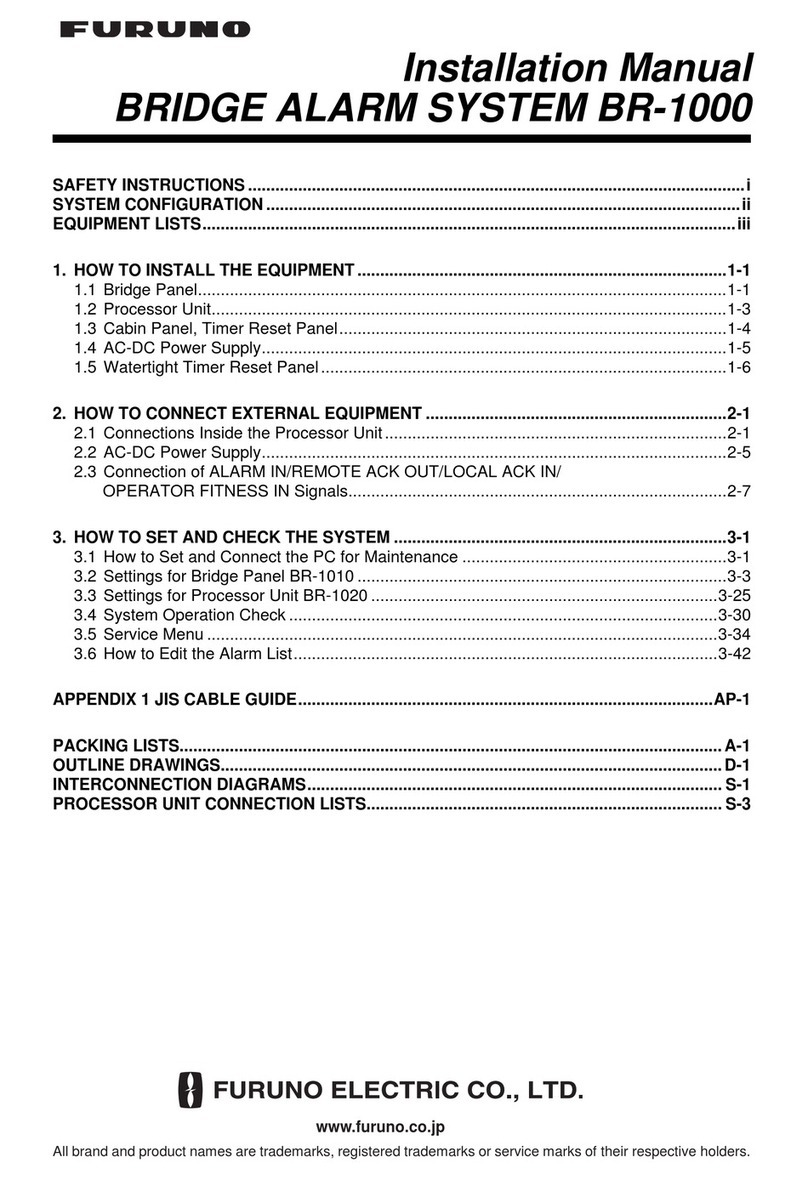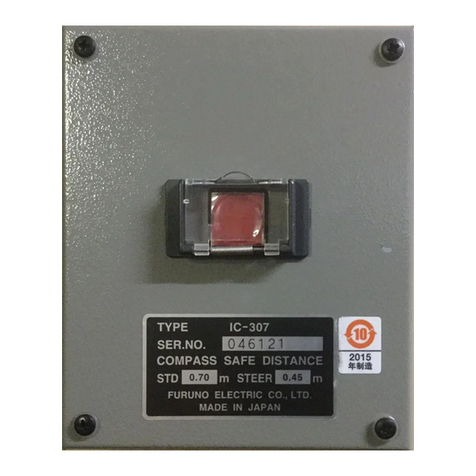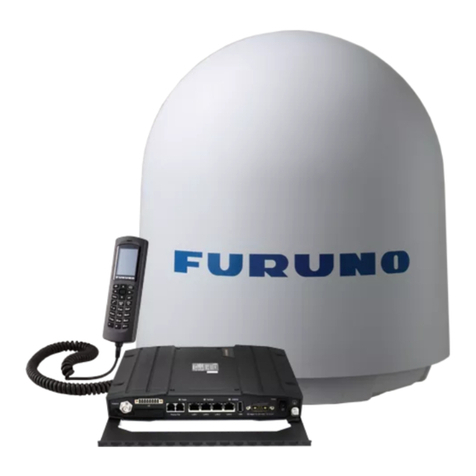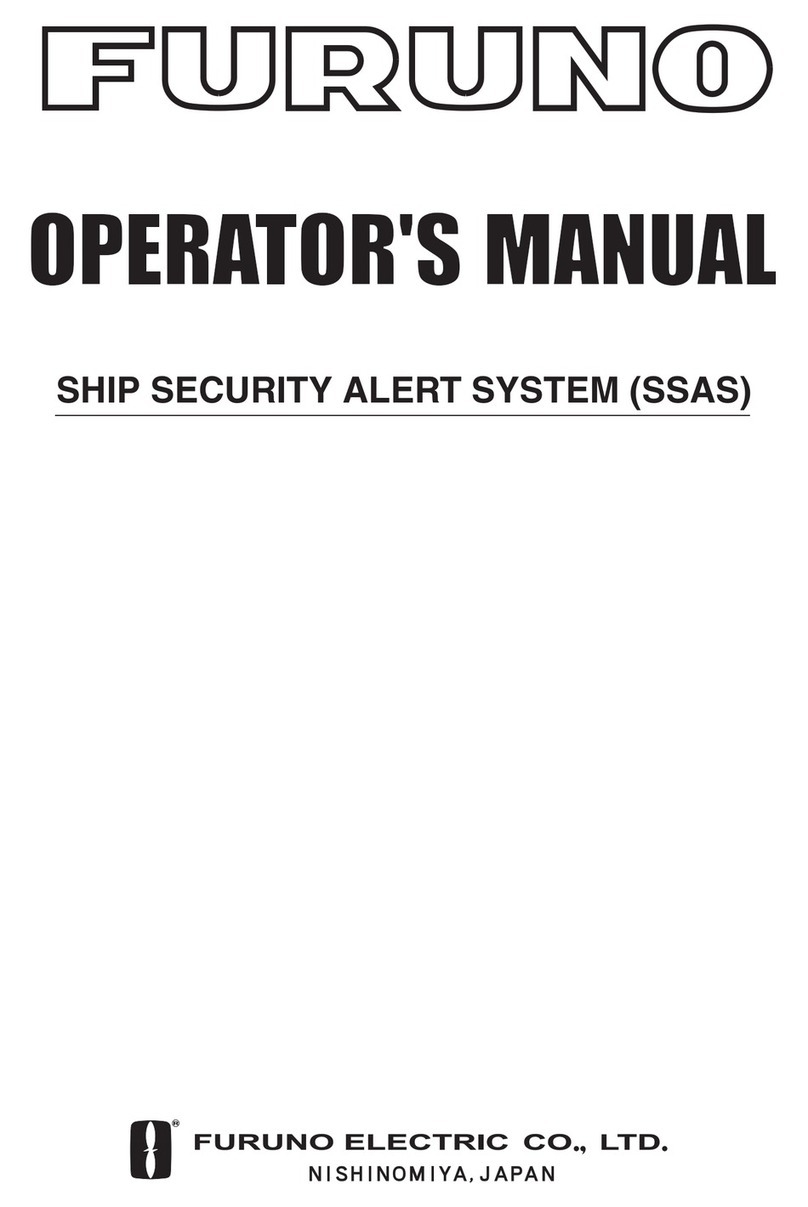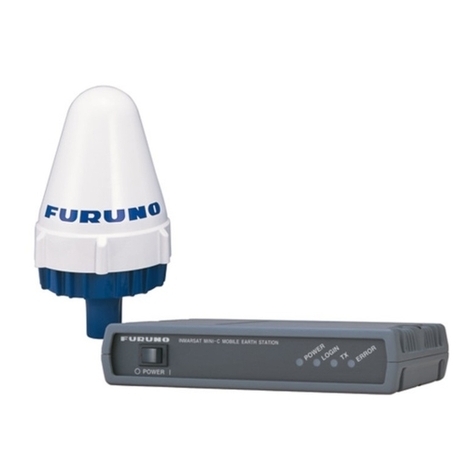WARNING
Indicates a potentially hazardous situation which, if not avoided,
could result in death or serious injury.
CAUTION
Indicates a potentially hazardous situation which, if not avoided,
may result in minor or moderate injury.
Warning, Caution Mandatory Action
Prohibitive Action
The installer and operator of this equipment must read these safety instructions before
attempting to install or operate the equipment.
WARNING
If something is dropped into the equip-
ment or water leaks into the equipment,
turn off the power at the switchboard
immediately.
Continued use of the equipment can cause
fire or electrical shock.
If the equipment is emitting smoke or
fire, shut off the power at the switch-
board immediately.
Continued use of the equipment can cause
fire or electrical shock. Consult a FURUNO
agent or dealer for advice.
If the equipment is acting abnormally,
shut off the power at the switchboard
immediately.
Continued use of the equipment can cause
fire or electrical shock. Consult a FURUNO
agent or dealer for advice.
WARNING
Do not operate a DISTRESS button
unless YOUR vessel is in distress.
The distress signal is sent when a
DISTRESS button is operated. If the
distress signal is accidentally sent, contact
a coast station immediately to report
accidental distress transmission.
Do not place liquid-filled containers on
the top of the equipment.
Fire or electrical shock can result.
Do not operate the equipment with wet
hands.
Electrical shock can result.
Do not disassemble or modify the
equipment.
Electrical shock, fire or bodily injury can
result.
CAUTION
If distress is accidentally sent, immediately
contact a coast station and provide the
following information:
- Ship's name
- Ship's call sign and DSC number
- Position at time of distress transmission
- Time of distress transmission

